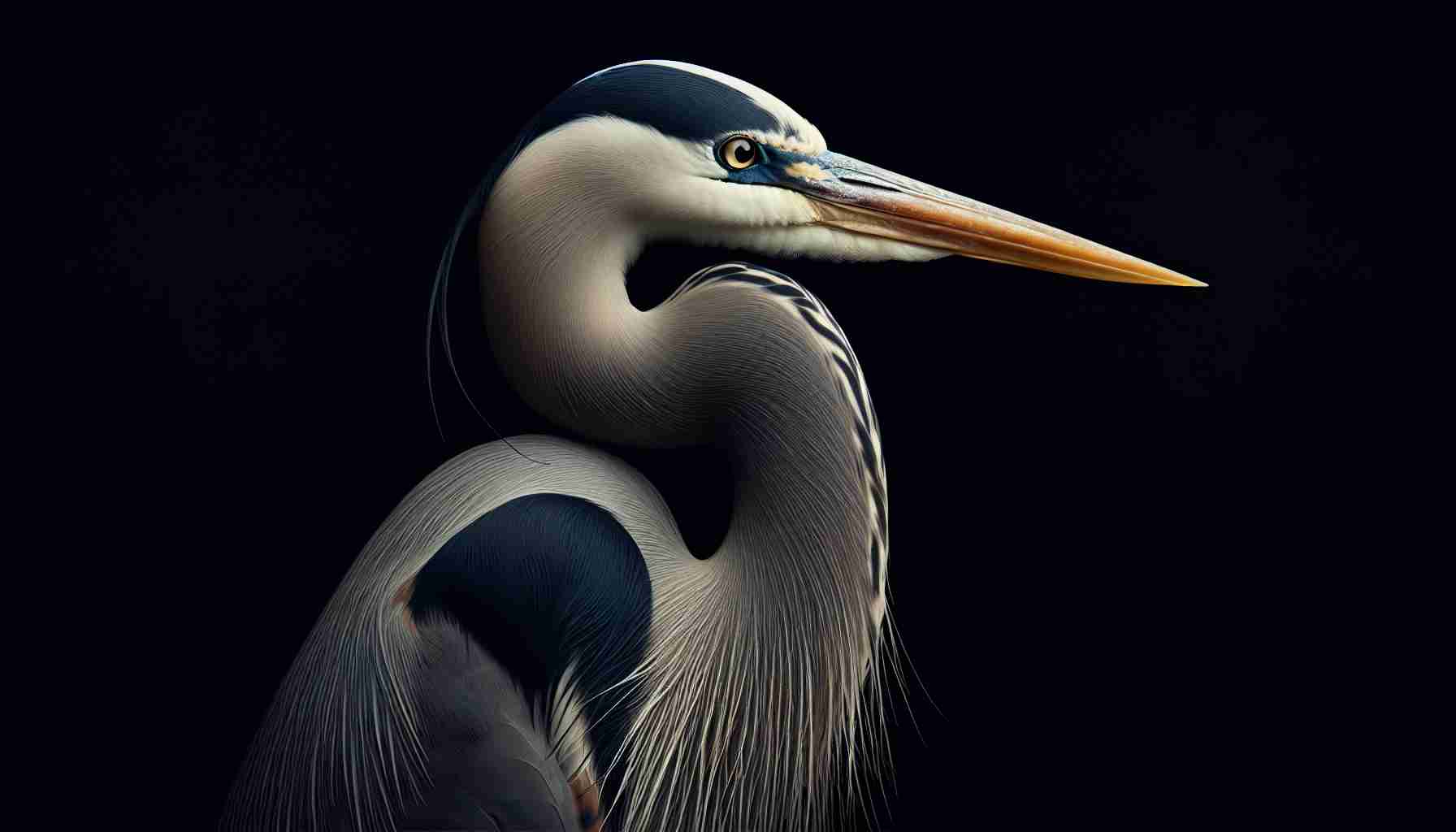Last week, during a visit to my childhood home in San Francisco, I had the pleasure of exploring a recently rejuvenated lake within Golden Gate Park. The vibrant natural beauty surrounding the lake was striking, and as I strolled along the water’s edge with my mother, we encountered a magnificent sight—a great blue heron that had made the lake its favored spot.
These elegant birds are often seen in various habitats across North America, adapting effortlessly to different environments. Their serene presence signals a thriving ecosystem, as they patiently wait for fish to swim by. Observing a heron in its natural behavior is a reminder of the everyday wonders that nature offers.
Despite the rapid pace of human activity threatening such wildlife, it’s essential to pause and appreciate the delicate balance of our world. Standing quietly by the lake, I felt a profound connection to this bird and the environment it inhabits. The heron, with a history spanning nearly two million years, exemplifies resilience and continuity in nature.
As we reflect on our role in the ecosystem, it’s crucial to recognize the beauty that surrounds us. This encounter with the great blue heron deepened my appreciation for wildlife, reminding me of our responsibility to protect the environment. For these reasons, this stately bird is honored as the Bird of the Week, symbolizing the enduring spirit of nature amidst our turbulent times.
Embracing Nature: Tips, Life Hacks, and Fascinating Facts
Nature is an incredible source of inspiration and wonder, and it’s important for us to foster a deeper connection with the environment that surrounds us. As we reflect on our experiences, like the visit to Golden Gate Park and the sighting of the great blue heron, we can learn ways to enhance our appreciation and interaction with wildlife.
Here are some tips and life hacks to help you enjoy and protect nature:
1. **Start a Nature Journal**: Document your observations and experiences in nature. Note the animals you see, the plants you identify, and the feelings you experience. This practice can deepen your appreciation and knowledge of your local environment.
2. **Create Wildlife Habitats**: Make small changes in your backyard or balcony to attract birds and other wildlife. Incorporate native plants, bird feeders, and water sources to create a welcoming oasis for local creatures.
3. **Practice Mindfulness Outdoors**: Spend time observing your surroundings without distractions. Watch for animal behaviors, listen to the sounds of nature, and breathe in the fresh air. Mindfulness can enhance your connection to the environment.
4. **Volunteer for Conservation Projects**: Engage with local environmental organizations. Participating in park clean-ups or wildlife monitoring can give you a sense of community and purpose while protecting the places you love.
5. **Educate Yourself About Local Wildlife**: Research the species native to your area and learn about their habits and habitats. Understanding these animals can help you appreciate their roles in the ecosystem.
6. **Limit Your Impact**: When visiting parks or natural areas, stick to designated paths to minimize disruption, and avoid feeding wildlife, as it can harm their natural hunting and foraging behaviors.
Interesting Facts About Great Blue Herons:
– **Longevity**: Great blue herons can live up to 15 years in the wild, with some documented cases reaching over 20 years.
– **Adaptability**: These birds are found in a variety of habitats, from coastal marshes to urban lakes, adapting their feeding techniques based on the availability of food.
– **Impressive Wingspan**: The great blue heron has one of the largest wingspans among North American birds, reaching up to 6.5 feet, allowing it to soar majestically above its habitat.
– **Culinary Skills**: Their diet primarily consists of fish, but they are also known to eat frogs, small mammals, and reptiles, showcasing their versatile hunting skills.
In closing, let your encounters with nature inspire you to become an advocate for the environment. Remember that every small action counts toward the greater goal of conservation. For more ideas and tips on connecting with nature, visit National Geographic or Audubon, where you’ll find resources and insights into the world of wildlife and conservation efforts.

